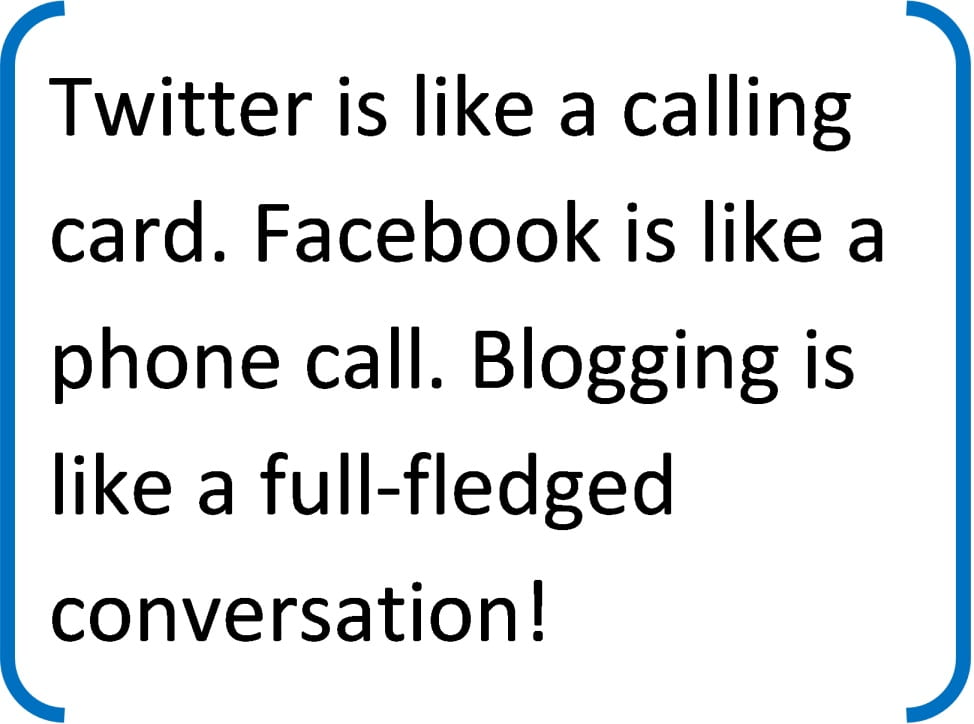A blog (a contraction of the term “Web log“) is a website, usually maintained by an individual with regular entries of commentary, descriptions of events, or other material such as graphics or video. Entries are commonly displayed in reverse-chronological order. “Blog” can also be used as a verb, meaning to maintain or add content to a blog.
The growth of blogs over the past decade has been nothing short of overwhelming. According to one measure at Technorati, there are several million blog posts made every day. Many blogs provide commentary or news on a particular subject; others function as more personal online diaries. A typical blog combines text, images, and links to other blogs, web pages, and other media related to its topic. The ability for readers to leave comments in an interactive format is an important part of many blogs. Most blogs are primarily textual, although some focus on art (artlog), photographs (photoblog), sketches (sketchblog), videos (vlog), music (MP3 blog), audio (podcasting), which are all part of a wider network of social media. Micro-blogging – such as Twitter or WhatsApp could be considered another type of blogging, one which consists of blogs with very short posts.
Blogs are excellent for developing student writing and student sharing of ideas and thoughts. They also become a means of connecting with your students, through your own blog.
Common blog sites:
Kathleen Morris of Edublogs (2020), provided some good guidelines for using blogging for learning:
Relevant readings on blogging in education:
Steve Wheeler (2011) Seven Reasons Teachers Should Blog
Laura Gogia (2016) Why Students Should Blog in Public
7 Things You Should Know About Blogging
http://net.educause.edu/ir/library/pdf/ELI7006.pdf
Educational Blogging
Stephen Downes (2004), EDUCAUSE Review, vol. 39, no. 5 (September/October 2004): 14–26.
http://www.educause.edu/EDUCAUSE+Review/EDUCAUSEReviewMagazineVolume39/EducationalBlogging/157920



